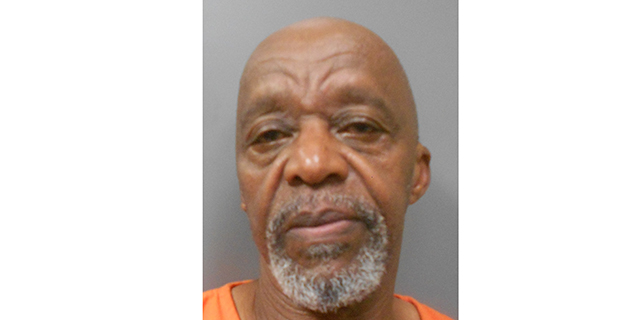OVERTIME OUTDOORS: Waterfowl survey barely scratches the surface because of low response
Published 5:30 am Sunday, July 26, 2020
Imagine being a conscientious, hard-working professional who relies on input to do the job as efficiently as possible but is hamstrung by paltry feedback.
That’s the case confronting the state’s waterfowl study leader, a veteran, highly respected biologist tasked with making recommendations for waterfowl hunting zones and splits in the Sportsman’s Paradise. I empathize with the plight of Larry Reynolds, who spoke earlier this month to the Louisiana Wildlife and Fisheries Commission at its regular meeting in Baton Rouge.
Reynolds delivered a lengthy presentation July 9, which under normal circumstances was the deadline for his decision on waterfowl hunting zones and splits to the U.S. Fish & Wildlife Service for 2021-25. Due to the coronavirus pandemic, the decision deadline has been delayed to October.
To aid in his decision-making process, Reynolds banks on an annual survey to our state’s resident waterfowl hunters. The emailed survey was sent to 73,554 HIP registered waterfowl hunters in three waves a week apart starting April 9.
Survey results were taken until May 29. If the response wasn’t so sad it’d be laughable.
After being dissected and tabulated by the state agency’s research partners at the LSU School of Renewable Resources, including Dr. Luke LaBorde and masters student Michael Sullivan, the number they arrived at will underwhelm even the most skeptical outdoorsman. Remember, this survey went to more than 70,000 HIP registered waterfowlers in April.
The official response was 13,983, or 19.7 percent, which, by the way, is the exact percentage of respondents in 2015. Take away the 3,900 who didn’t hunt ducks or geese last season (3,900), or answered four or fewer questions (1,383), and the number of valid responses Reynolds and his staff had to work with was 8,218, or 12 percent.
“That’s what we’re working with,” the waterfowl study leader told LWFC members.
Reynolds is making the best of the survey initiated in 2005. He arrived at some telling statistics that he shared with the commission with suitable graphics.
For example, 3,737 respondents, or 49.5 percent, hunted the Coastal Zone in 2019-21, and 3,003 respondents, or 39.7 percent, hunted the East Zone in 2019-21. A majority of the respondents, 4,528, or 77.8 percent, hunted only one zone last season while 1,131 respondents, or 19.4 percent, hunted two zones.
Reynolds told the commissioners those responses tell him to continue to prioritize getting the best possible season dates for each zone that he can rather than stagger them so duck hunters and goose hunters can hunt multiple zones.
Some telling statistics surfaced a few minutes later. Nearly 70 percent of the people who took the time to fill out and send back the survey indicated they are either very dissatisfied or dissatisfied with the overall season (39.6 percent very dissatisfied, 25.7 percent dissatisfied). Those numbers were similar in the first survey in 2005, he said.
Teche Area waterfowl hunters should appreciate the next part of his the survey, which asked waterfowlers why they believe the seasons are so disappointing. The No. 1 answer was loss and degradation of the state’s coastal marsh followed by warmer winters reducing need for ducks to migrate here, a common lament the past several years.
No. 3 was increase in unharvested crop acreage in the Midwest above Louisiana.
No. 4 was increase rice and grain crop production north of the state. Closely related was No. 5 — changes in rice agriculture in Louisiana.
Reynolds is reviewing the other five reasons, which are surprising, and evaluating input for the next five years. Too bad he’s hamstrung with a paltry 12 percent.
DON SHOOPMAN is outdoors editor of The Daily Iberian.





